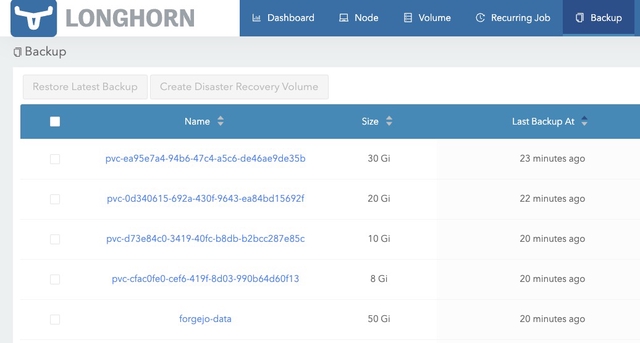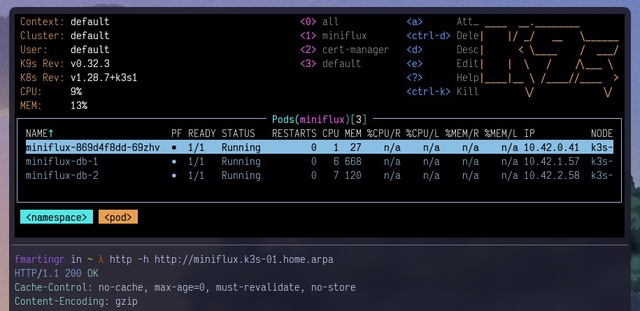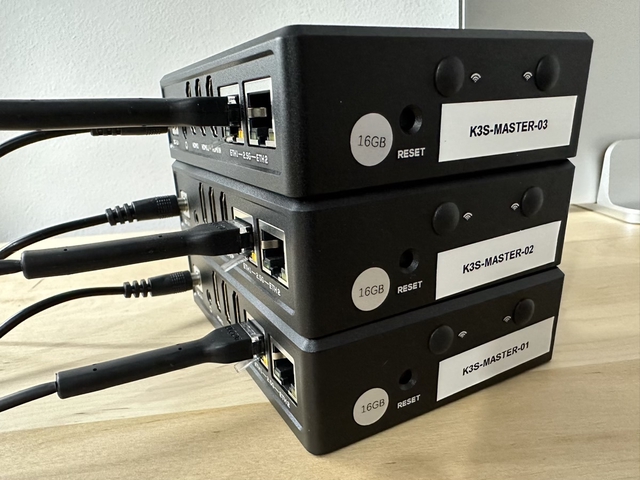Welcome Hugo
Yes, it finally happened. I moved my site to Hugo.
I’ve been wanting to do this for a long time but I never found the motivation to do it so I kept postponing it.
It took a while, but I’m happy with the result. I’m still tweaking some things here and there but there are some goodies already around, like dark mode, new font, different accent colors, …
This is just the beginning, I will keep improving it as I go, and adding a few sections that I have already planned.



